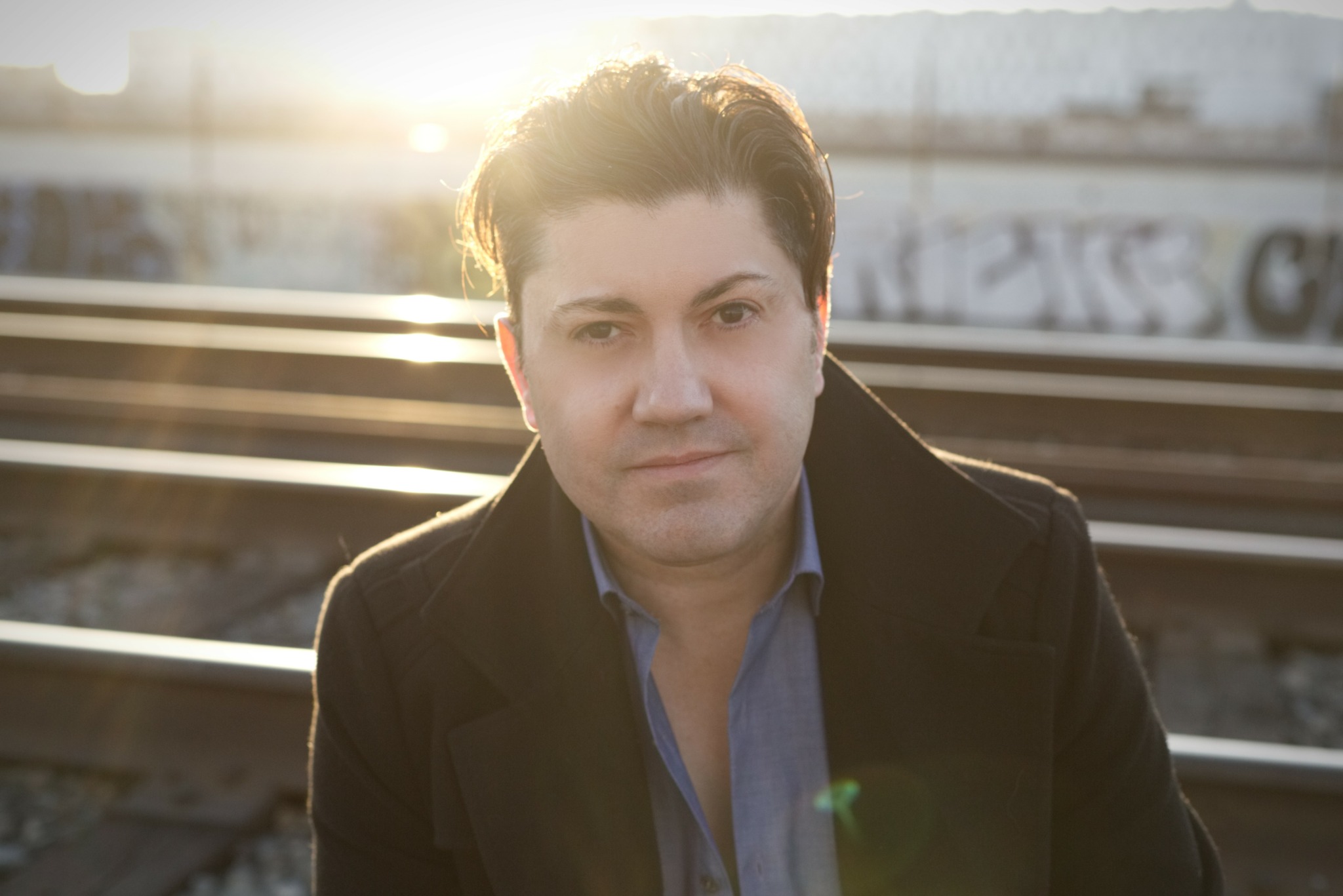Wanting to be an artist or creative is step one. Following through means investing in learning your craft, but we’ve heard from so many aspiring artists and creatives who feel unsure about where to start and so we’re incredibly grateful to the artists and creatives who’ve agreed to share their stories of how they learned their craft.
Brandon Newman
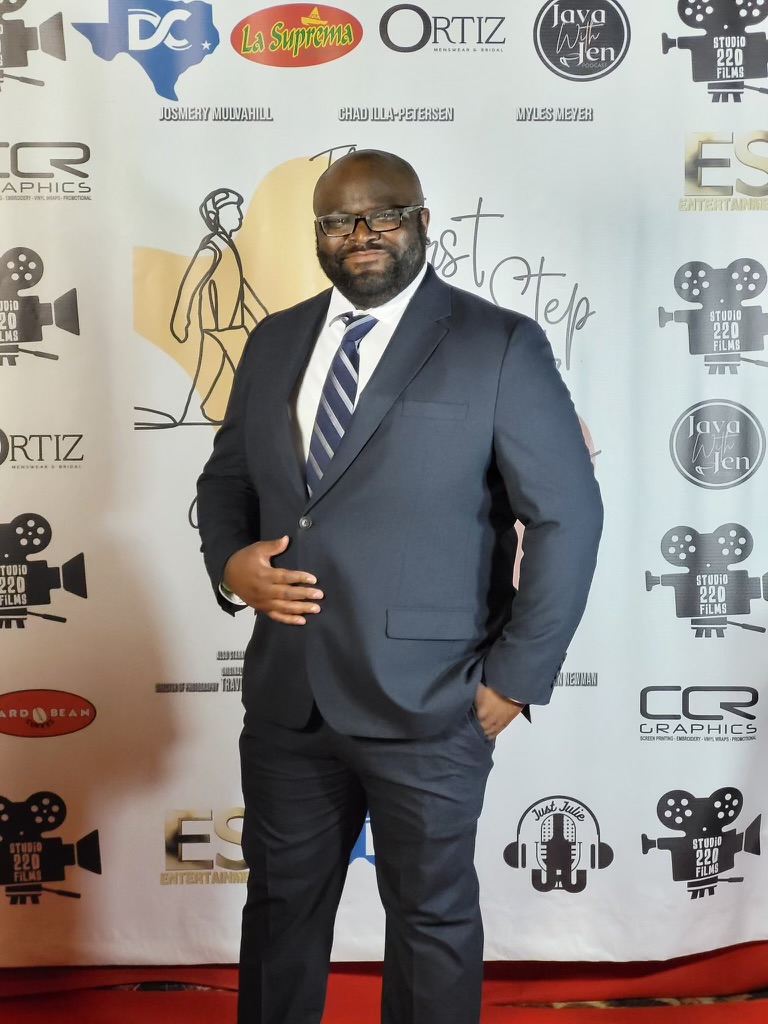
I learned to write screenplays when I was around 20 years old. I learned how to write them well a few years later. I was a big fan or writing all my life. I would write stories back in elementary school, but back then it was just for fun. I had recently purchased a DVD, “Jay & Silent Bob Strike Back”, by Kevin Smith. I purchased the version that had the script-to-screen feature that allowed you to read the script as you followed along with the movie. As I read it, I realized that screenwriting was essentially just telling the story in written form as I had been doing since I was a little boy. The only difference was the formatting. Read more>>
Elizabeth Buchheister
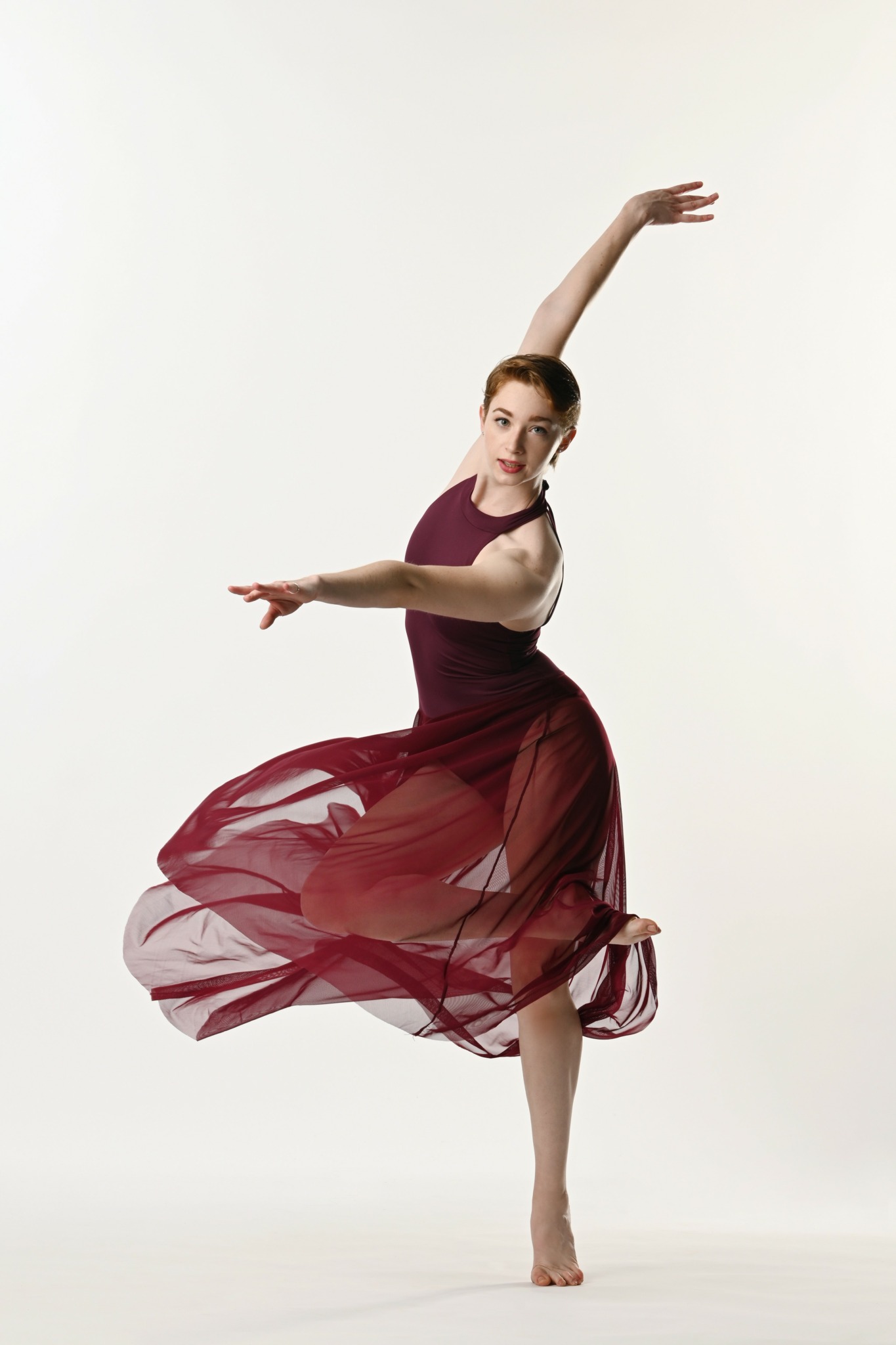
Like many dancers before me, I didn’t plan to be where I am now. As a kid I dreamed of dancing in New York City Ballet, which later transitioned to Ailey II as I grew to love modern dance, and then by the end of school, my new dream was to bring my own ideas to life rather than living inside other people’s art. That began the journey of completely teaching myself how to do that, since my entire education was revolved around dance classes. Read more>>
Gabriel Monterrosa
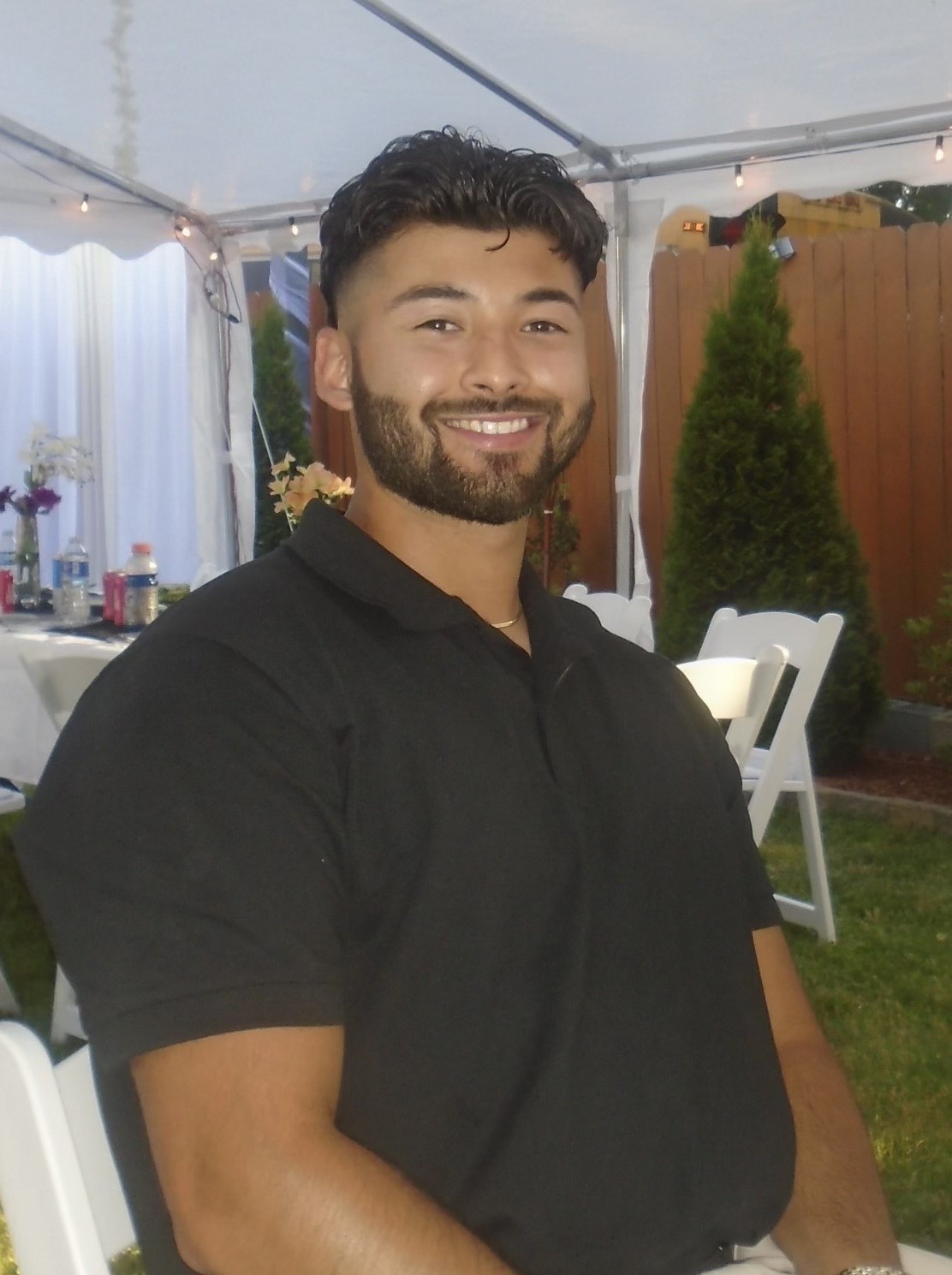
My journey in architecture began in high school, where I was fortunate to take architecture-focused courses that introduced me to the fundamentals of design, drafting, and spatial thinking. This early exposure laid the groundwork for my passion and helped ease my transition into university-level architecture studies. As I advanced, I continued learning through a combination of studio work, technical courses, hands-on projects, and constant feedback from peers and instructors. I also made it a priority to observe real-world architecture—sketching, analyzing spaces, and absorbing inspiration from buildings around me. Read more>>
Chima Chikazunga

I learned from observing in the field. It taught me to listen and respond accordingly. This helped me not only as an actor but also as a writer and director of stage and film.
One of my most essential skills is understanding time. I don’t mind showing up an hour early to prepare but I’m upset if even 5min late. Read more>>
Laura
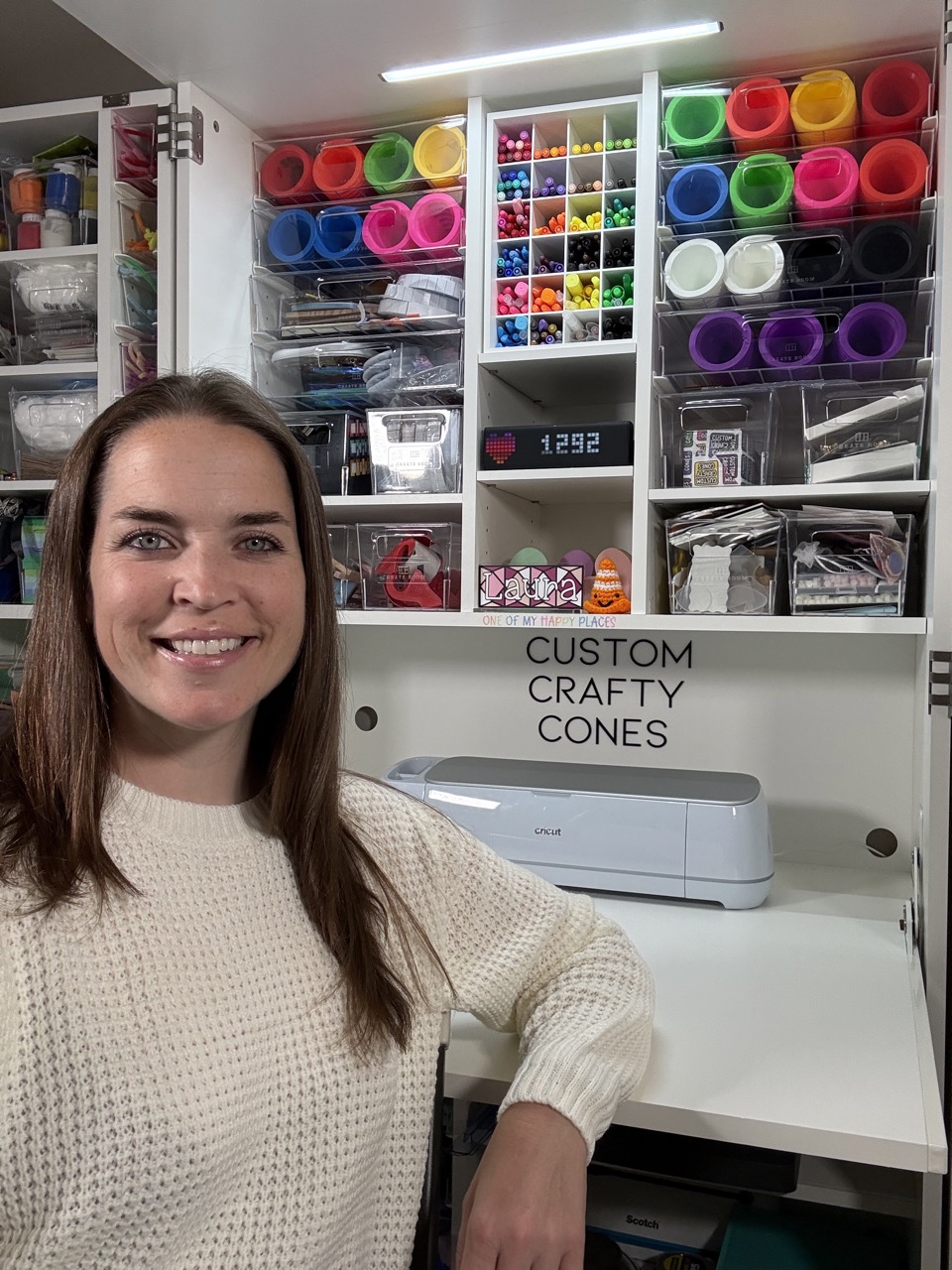
I’m entirely self-taught–what started as a hobby quickly became a full-blown creative obsession. I learned through lots of trial and error, a healthy dose of curiosity, and an embarrassing number of late-night YouTube rabbit holes. From mastering vinyl layering to figuring out how to make mini cones both fun and functional, everything has been a journey of hands-on experimentation. Read more>>
Kate Lanier

The key is FAILING a lot! Writing and rewriting and rewriting… with feedback from creative experts that you trust.
The obstacles are the point. That’s how you learn the craft.
The most essential skill is real understanding of character – what are their needs? Wants? Secrets? How do they see themselves? How do they think others see them? Where are their wounds? What are they about?
If you don’t know your characters inside and out and channel their voices, you don’t have anything. Story is character driven. Read more>>
Darling Squire

I started dancing in the 6th grade, although it wasn’t formal training. I performed in a school talent show, and everyone loved it. They asked if I was taking classes somewhere and how long I had been dancing. When I shared with them that I’d never taken a dance class and learned the choreography from a video, everyone was amazed. This began what I now can call “operation twirl”, which was my guidance counselors working to get me into a performing arts high school. Which I did get into. That is when I started my formal training. Read more>>
Michael Marx

I’ve been a sculptor and artist for as long as I can remember. As a child, my gifts were just as often art supplies as they were toys or books. I’m primarily self-taught as a sculptor, but everything changed when I took my first metal clay class in 2000—I was instantly hooked. Read more>>
Montana Russell

I like to think that I learned what I do by following instinct more than instruction, by letting myself be led by objects, by texture, by the way things feel when placed beside one another. A lot of it came from experimentation, collecting, assembling, and just seeing what stuck. I didn’t always know what I was doing, but I trusted the process of listening closely. Learning through curating and working alongside other artists in Chicago also helped shape me, those exchanges taught me so much about intention and the potential of shared space. Looking back, maybe I could have trusted my own language a little sooner, the one built on fragments, on nonsense, on physicality. Read more>>
Jackson Osborn

I learned what I know now just by doing.
Being eager to try new things is essential in fulfilling an impermanent life. Starting out I wish I knew how to act more on discipline rather than just motivation. Relying on confidence and courage helped guide me through idleness and any internal anxiety. Read more>>
Latifat Apatira
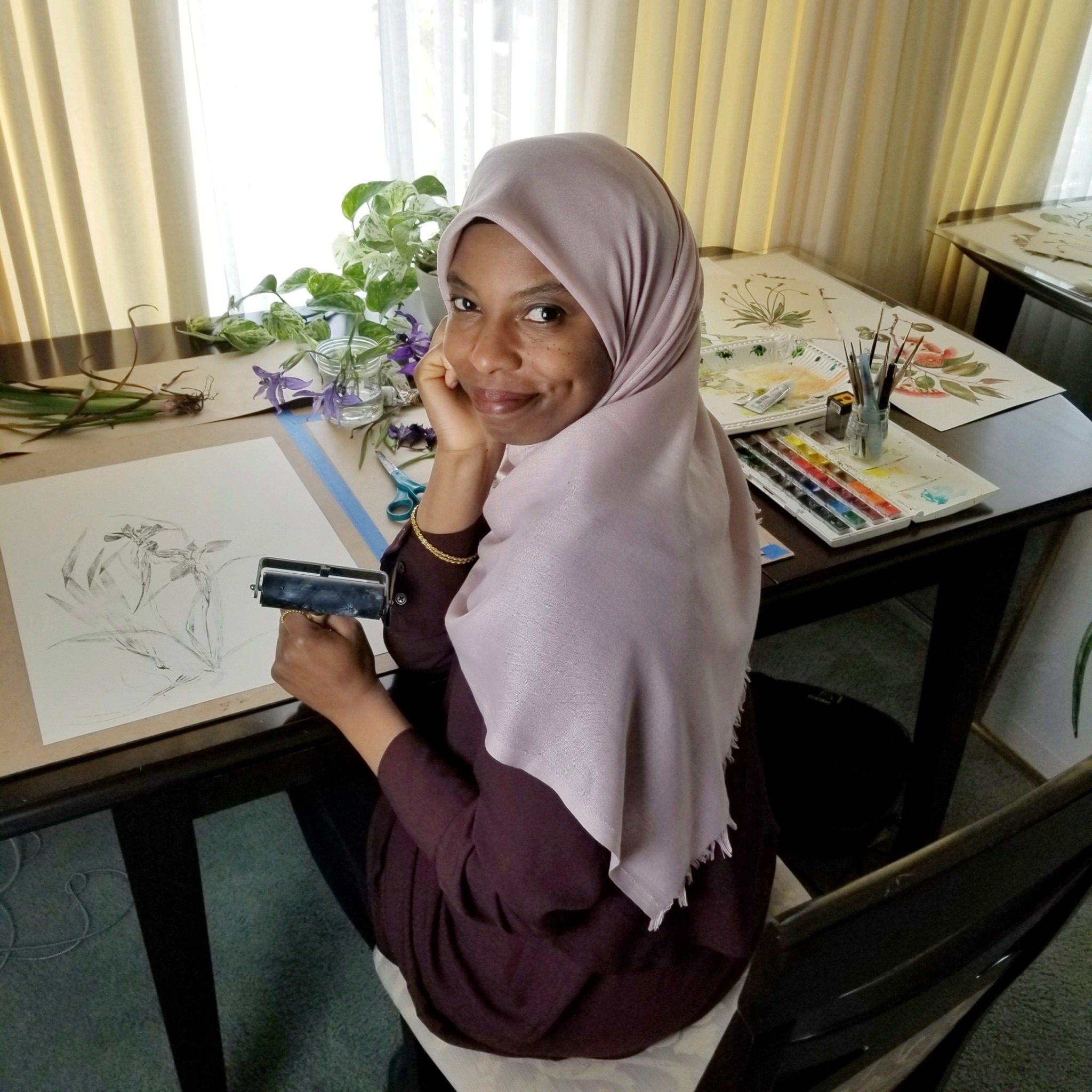
It all began with a moment of unexpected curiosity. I stumbled across a local catalogue advertising a workshop for something called botanical nature-printing. The featured image—a delicate print of a Queen Anne’s lace (Daucus carota) flower—stopped me in my tracks. I had always harbored a quiet love of plants and spent my youth capturing their beauty through photography and flower pressing. I marveled at pieces of botanical illustration, but my lack of drawing skills presented a significant hurdle—one I was convinced I couldn’t overcome. But, over the years, those creative impulses gave way to the “important” responsibilities of adulthood, education, and professional life. And so, many of my creative pursuits faded into the background. Read more>>
Rod Shepard

The path to learning and developing a skillset came from many sources. One would believe it should be a concentrated effort to just really focus on one thing, but one of the most important lessons I’ve learned as a creative is that we are the sum of our experiences. I learned to do many things, I have many skills, and I have studied a number of things. But the most important is to learn how to learn. Read more>>
Thai Edwards
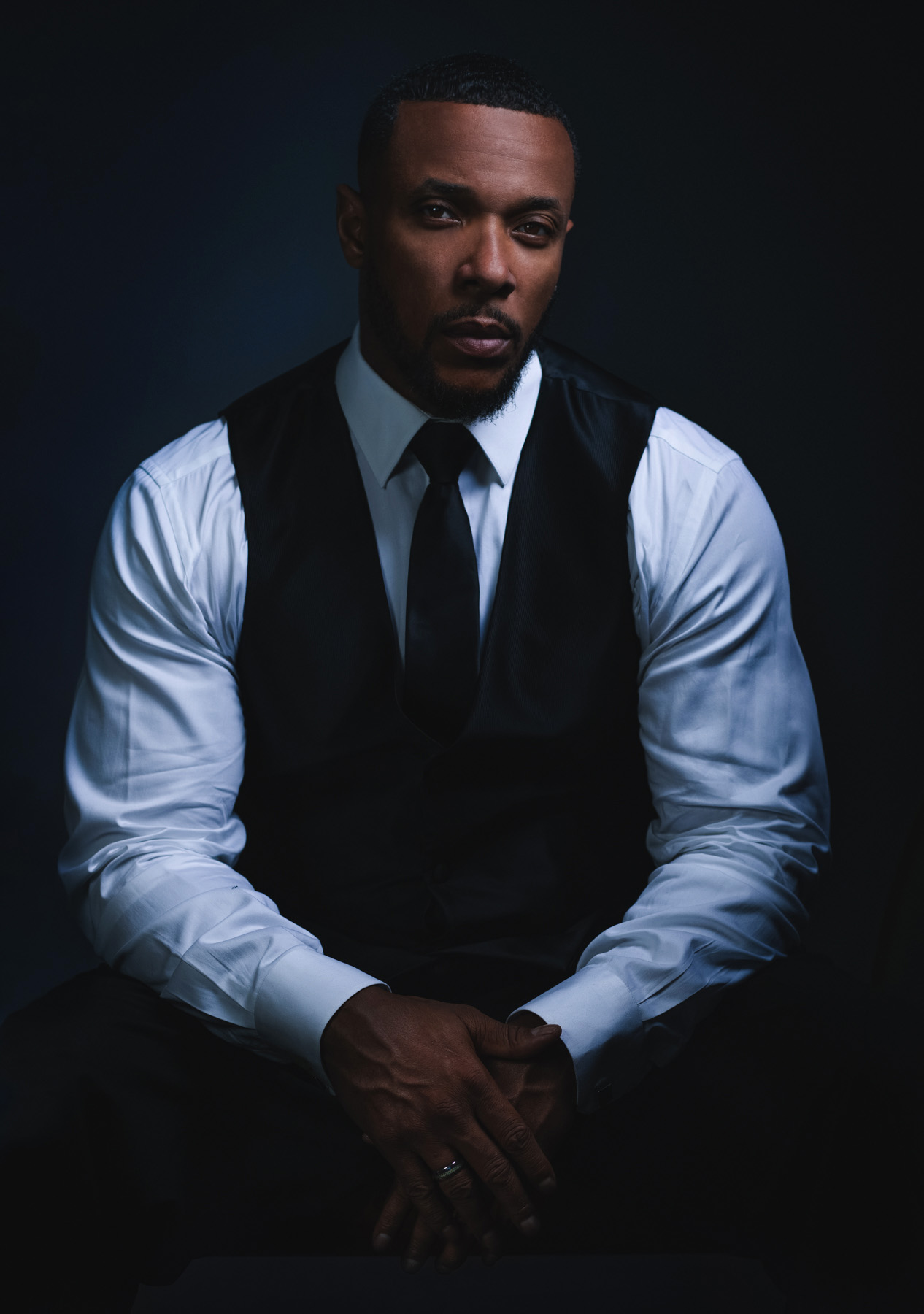
Most of what I’ve learned came from experience. Being on set. Making mistakes. Getting back up and doing it better. I studied film, yes, but the real learning happened in the real world. Late nights. Tough calls. Working with people from all walks of life and figuring out how to bring a vision to life. Every project taught me something new. I would’ve asked more questions and asked them sooner. I used to think I had to have all the answers. But real growth came when I started leaning on others, listening more, and being open to learning from everyone whether they had a big title or not. I also wish I understood the business earlier because in this industry, talent alone isn’t enough. Read more>>
Rekettric Ford
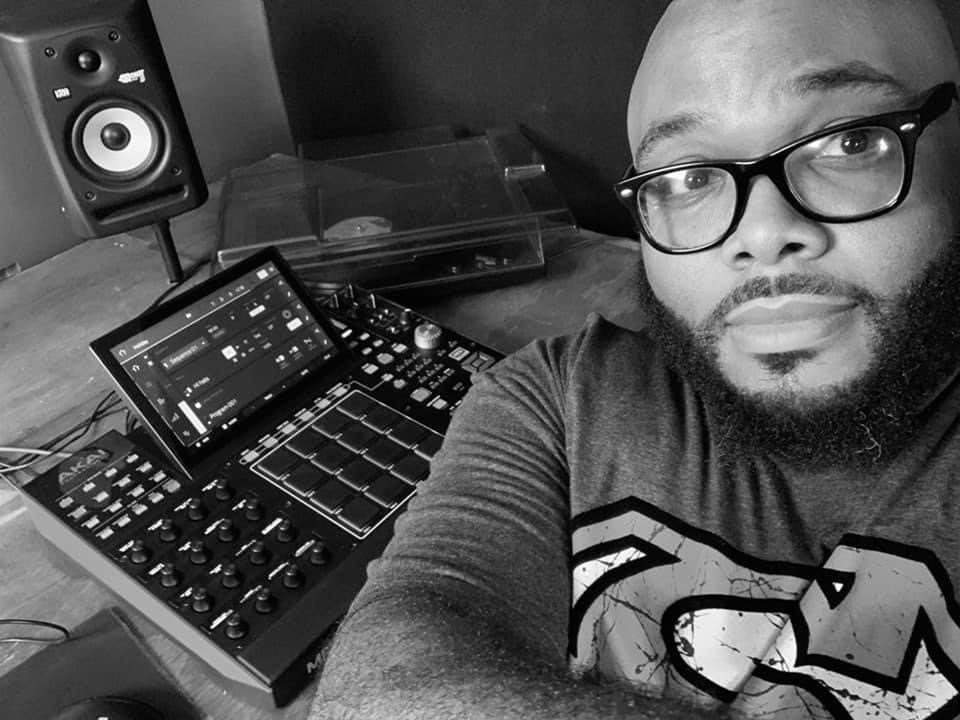
I learned to produce music by missing up multiple beats. I was influenced by my cousin who owned a Boss DR-5 beat machine and I had to get one. If I would have read the manuals I would have been able to learn faster but I was so ready to work. The most essential skills for producing for me was learning my equipment, song structure and utilizing my own flavor on how I produce. I was the only thing that kept me from learning more about my craft. Read more>>
Zoe Ziegler
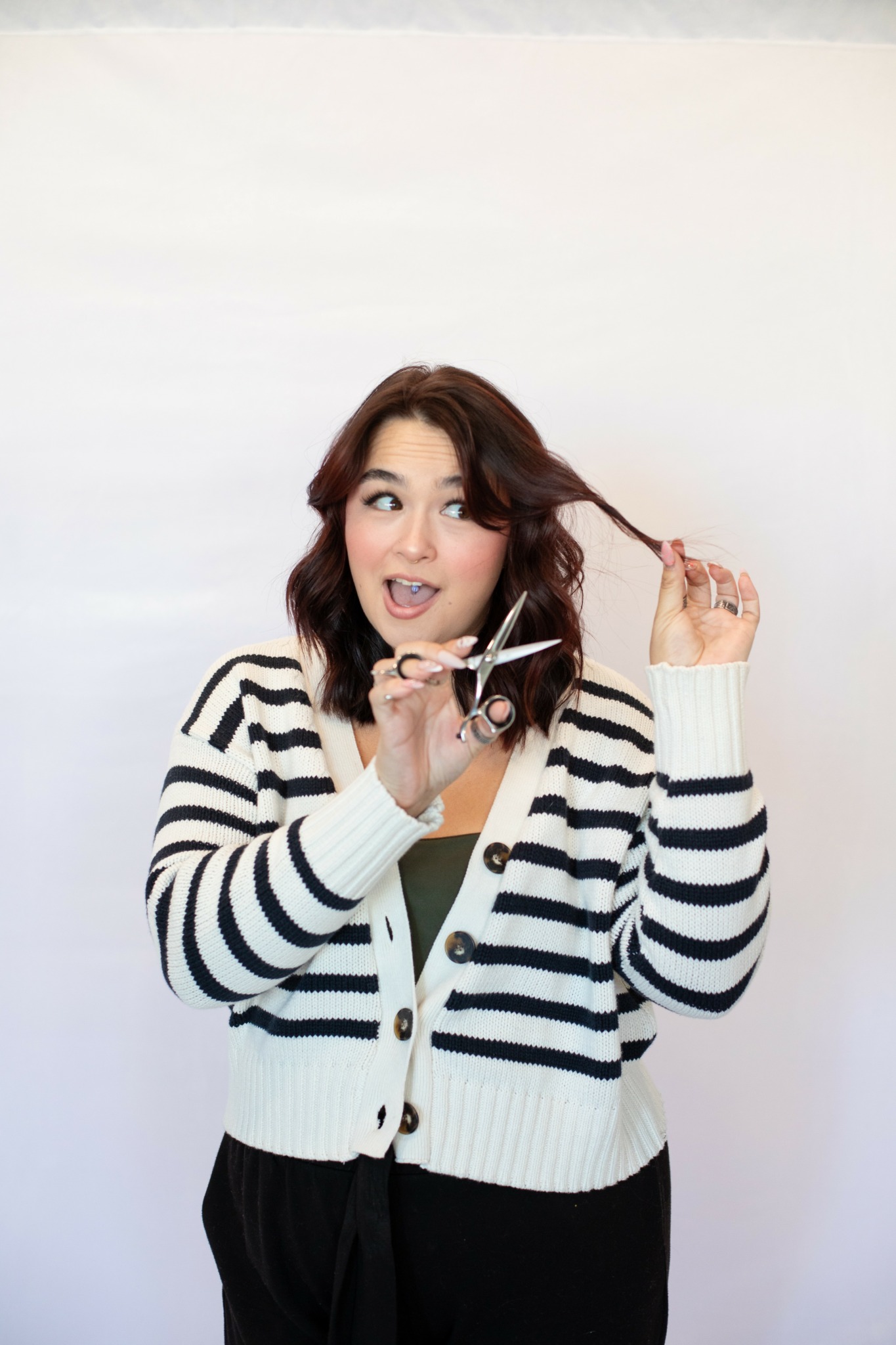
Beauty school played a major role in helping me build the foundation of my craft, but just a few months in, COVID hit—and it set me back quite a bit. Despite the challenges, I kept showing up. The real growth, however, began once I was fully behind the chair in a salon. Read more>>
Warren Feld

I had been in health care, high position, very high salary, but hated health care. I reached a point in my late 30’s when money mattered less, and happiness mattered more. I wrote a re-organization plan for my agency and left myself out of the plan. Read more>>
Majiye Uchibeke

I’m a film director and producer, and a movie streaming content strategist. My journey began when my older brother gave me a camera in high school. I joined the entertainment club and started experimenting by taking photos of my classmates, editing videos and learning the basics of storytelling through images. That camera opened up a whole world for me. In college, I majored in Communication Studies because my school didn’t have a film program, but I made my first four short films there. That’s when I realized I needed to go deeper. Read more>>
Jordan Betten

I learned by doing. I’ve always believed that real knowledge lives in the hands, not just the head. When I first started making things — whether it was painting, leatherwork, or metal — I was drawn to materials that felt alive. I didn’t go to school for metalwork or leather craft. I taught myself by experimenting, failing, and starting again. Read more>>
Jolie Theall
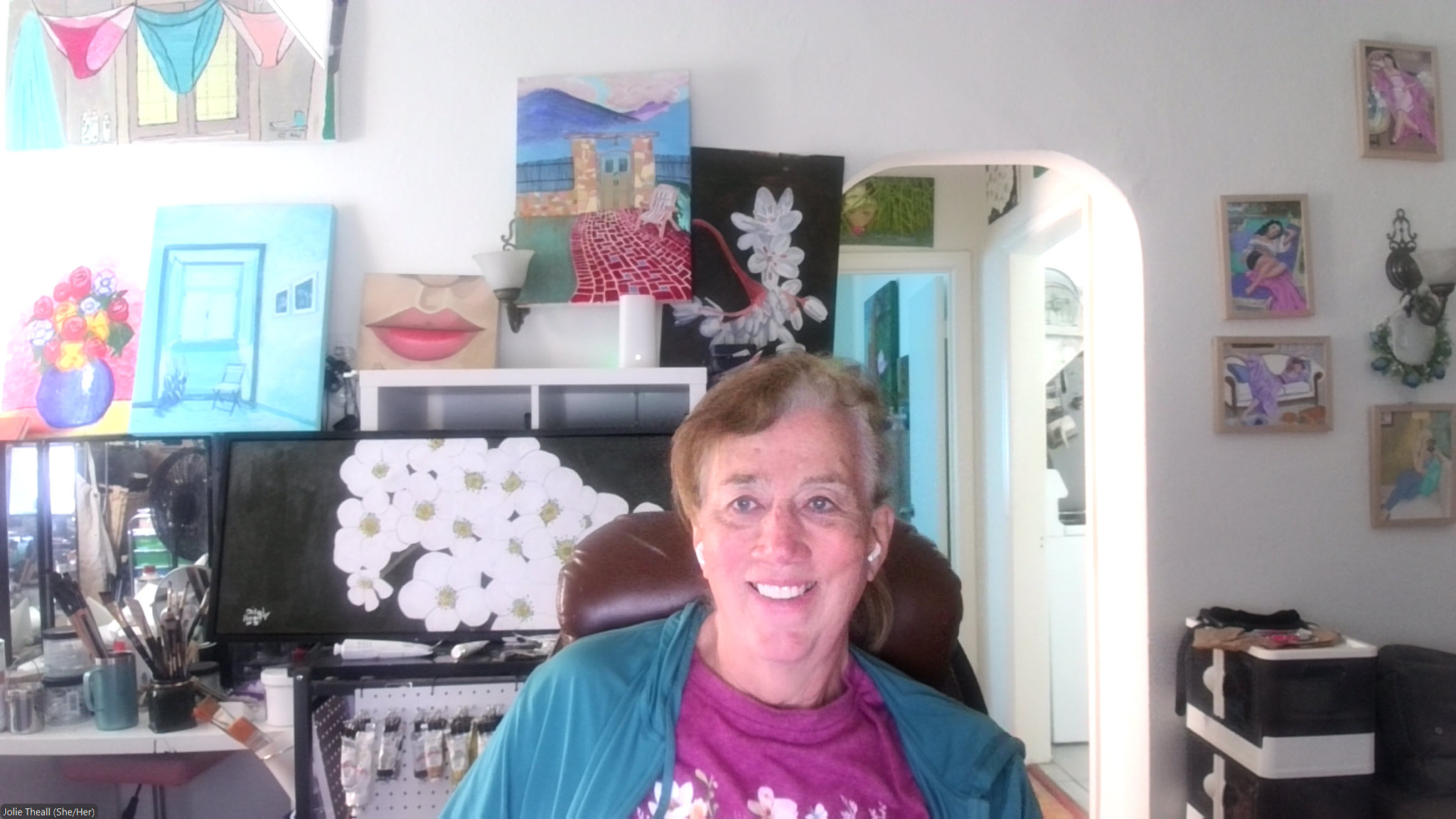
Since being laid off in August of 2024, I decided to learn to paint. I have painted every day. Completing at least one painting a week while constantly trying new techniques and more difficult subjects. Learning to paint in a year has involved taking on one painting at a time as a challenge. Each challenge has been based on the limit of my imagination of what I was capable of and what skills I assumed I had at the time. With each painting, I tried something new and something that felt more difficult. Sometimes I’d be at the canvas, afraid to put down paint. Fearful that I’d mess up what I’d already done and wouldn’t be able to get it back or wouldn’t have the skill to make it look as good as I wanted it to be. Read more>>
Paige Braddock
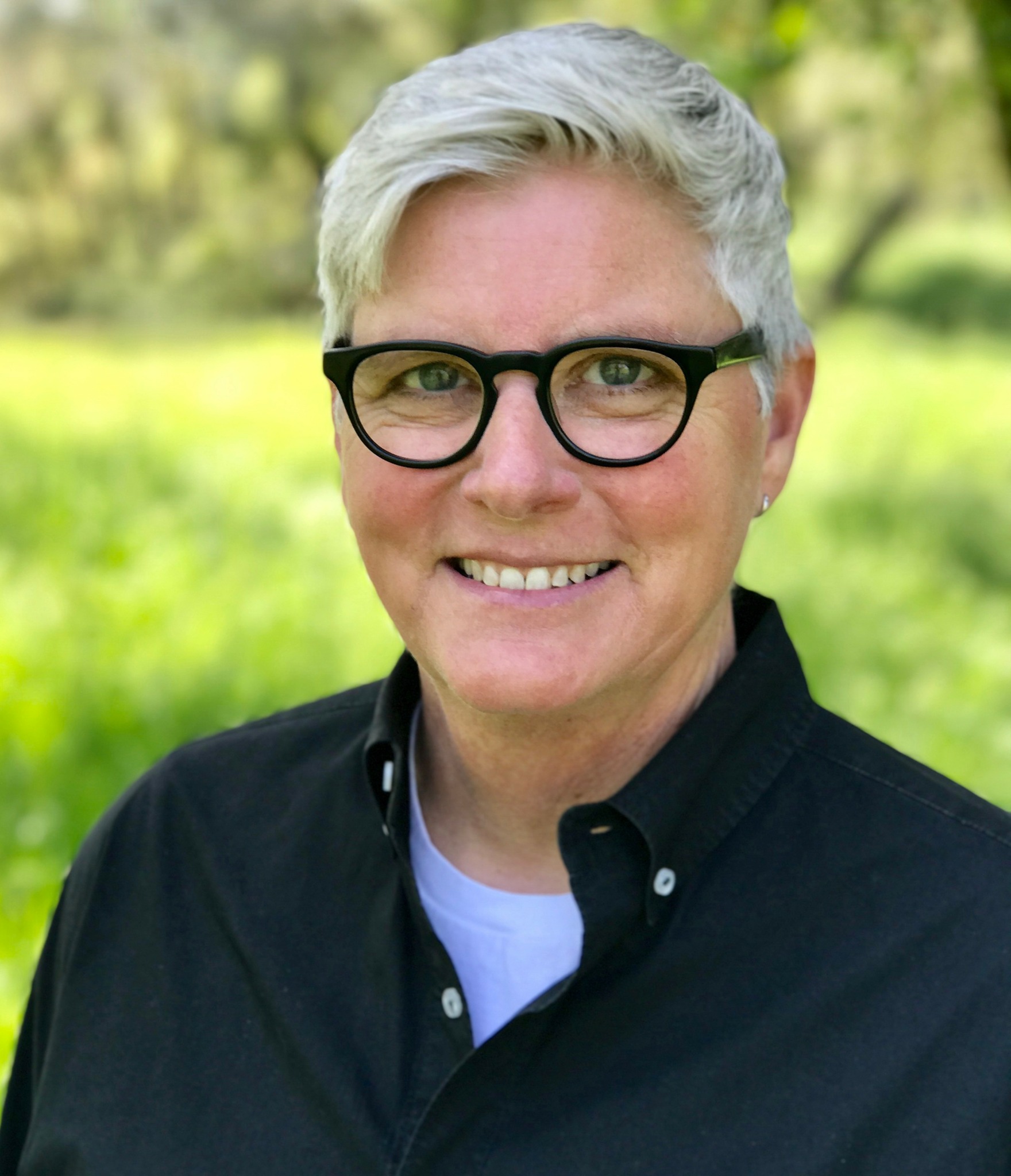
I was lucky in my early, high school years to get the opportunity to mentor with a working cartoonist. I would say that mentoring with professional cartoonists throughout my career was extremely helpful, because I grew up in the Deep South with no real access to art training in public schools. Read more>>
Dayne Womax

I started off cooking at home with my mother and grandmother.
Getting into adulthood, my twin brother and I were in a touring rock band and needed jobs that we could jump into between touring schedules. The culinary industry fit the bill and we started out in commercial kitchens learning the craft. Read more>>
Anahi Bravo
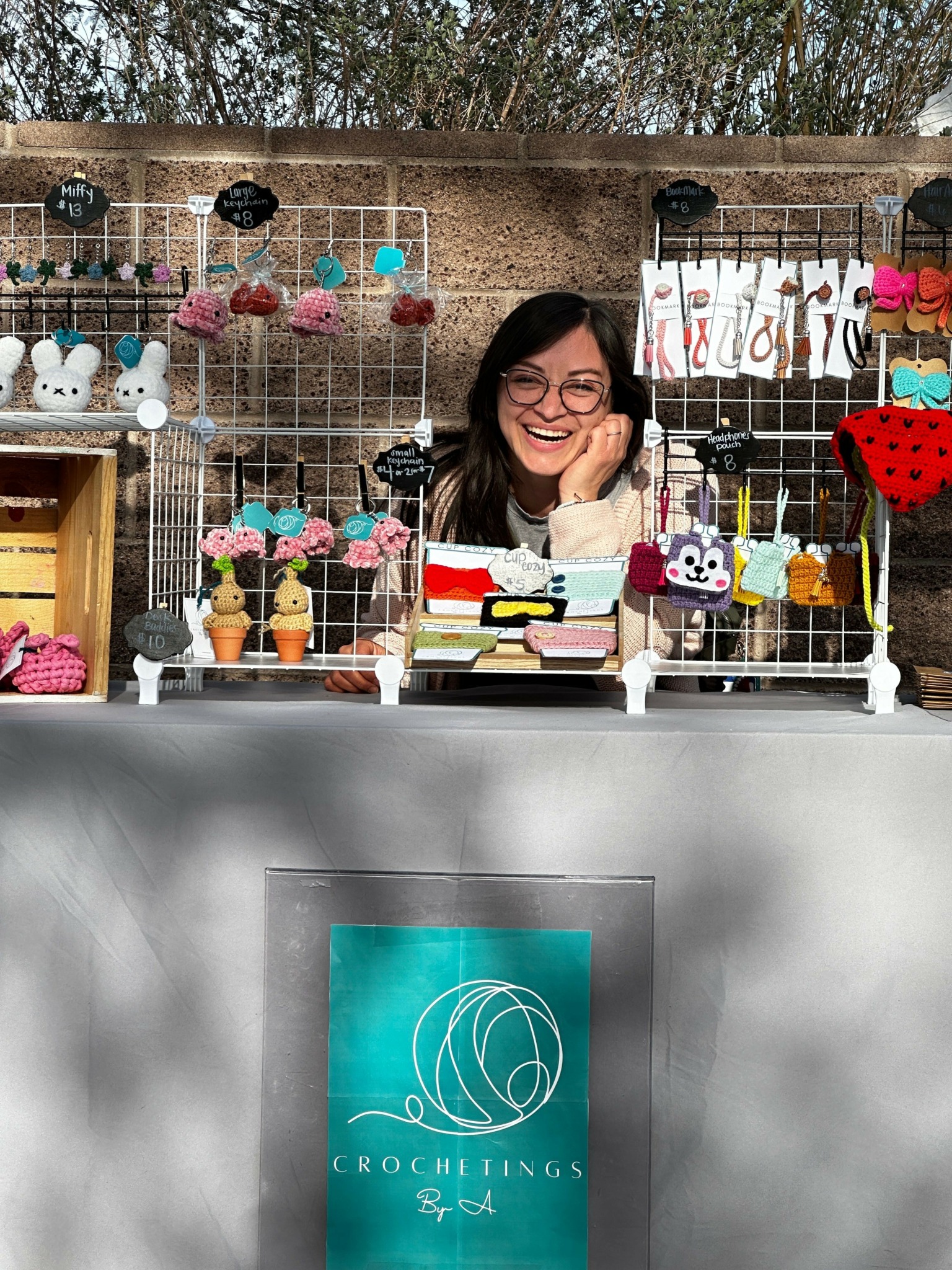
Crochet has been a skill passed down through my family since my great-great-grandmother. I started learning from a young age, but I never truly appreciated the art bestowed upon me until much later.
I began to pick up crochet again once I had my firstborn. I was going through many silent issues a first-time mom experiences, and crochet was a way to deal with the postpartum depression and anxiety. Read more>>
Autumn Walsh
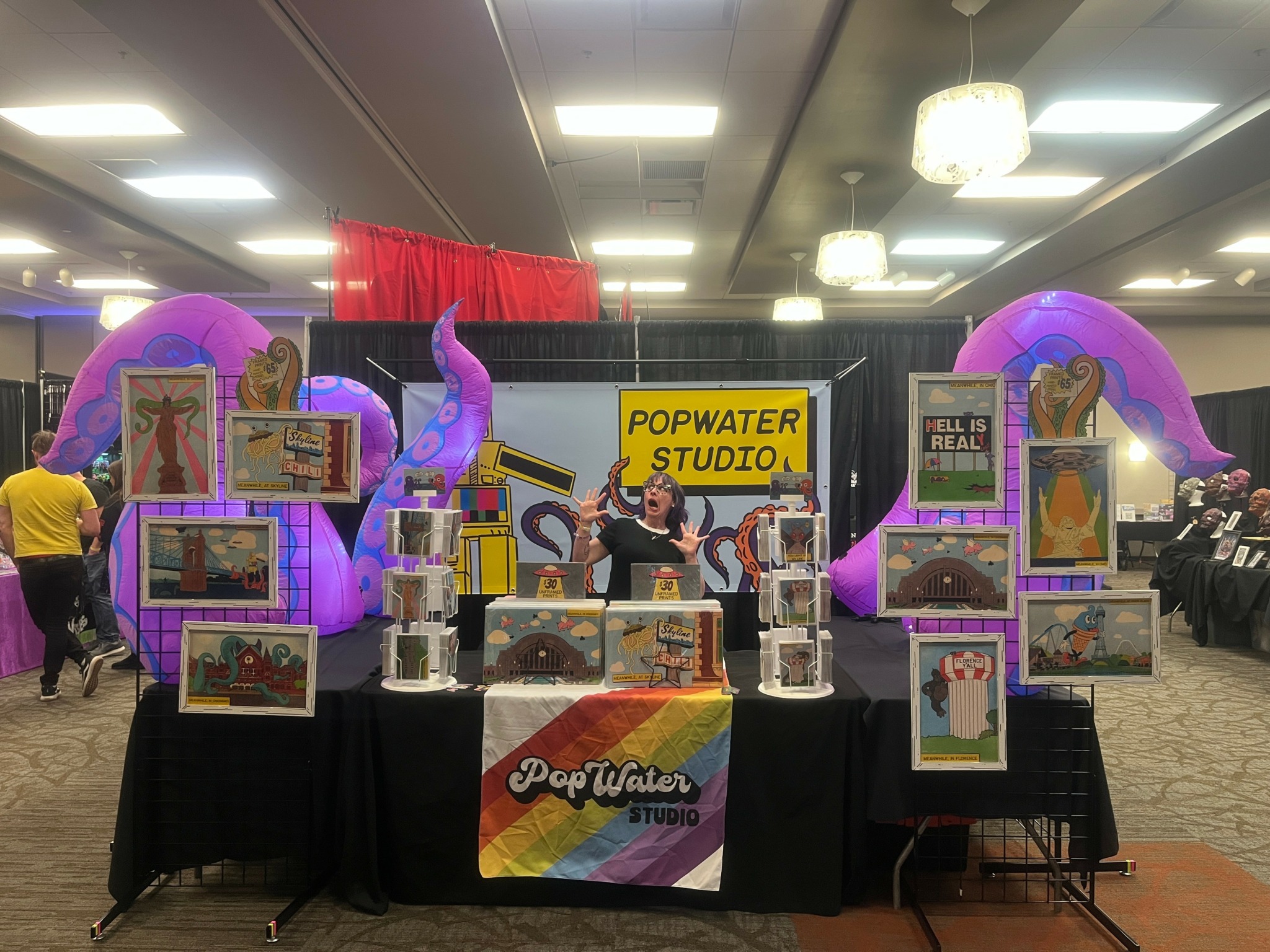
While I have always been heavily involved in various forms of art, I didn’t begin working in digital illustration until about 5 years ago. Knowing what I do now, I wish I’d started much sooner, but we all find our passions in our own time.
I’ve learned everything I know about illustration watching video tutorials or just experimenting on my own. I think a willingness to experiment and the determination to “figure it out” has been instrumental in developing my skills. Natural curiosity has been my fuel, but as a full-time working mom my biggest obstacle has been free time. Read more>>
Joe Hren

I had two good mentors, but I learned a lot from online training and self guidance. There is so much out there from websites, to videos you can learn to do about anything 20 different ways. You just have to find the way that works for you. I wish I would have started sooner, it’s hard to take the leap of faith. I’m lucky to have a few good friends who pushed me. To grow I needed to take what I learned to the stage. Read more>>
Katie Bragaw

The funny thing about starting a podcast is that the barrier to entry is extremely low. Anyone can have a podcast, but should everyone? I always knew I wanted to find a way to be creative about a topic that I was passionate about. I was listening to one of my favorite podcast, Right Answers Mostly, and they were promoting using Spotify to start a podcast, and I thought…it cannot be that simple. Read more>>
Patrick McClean
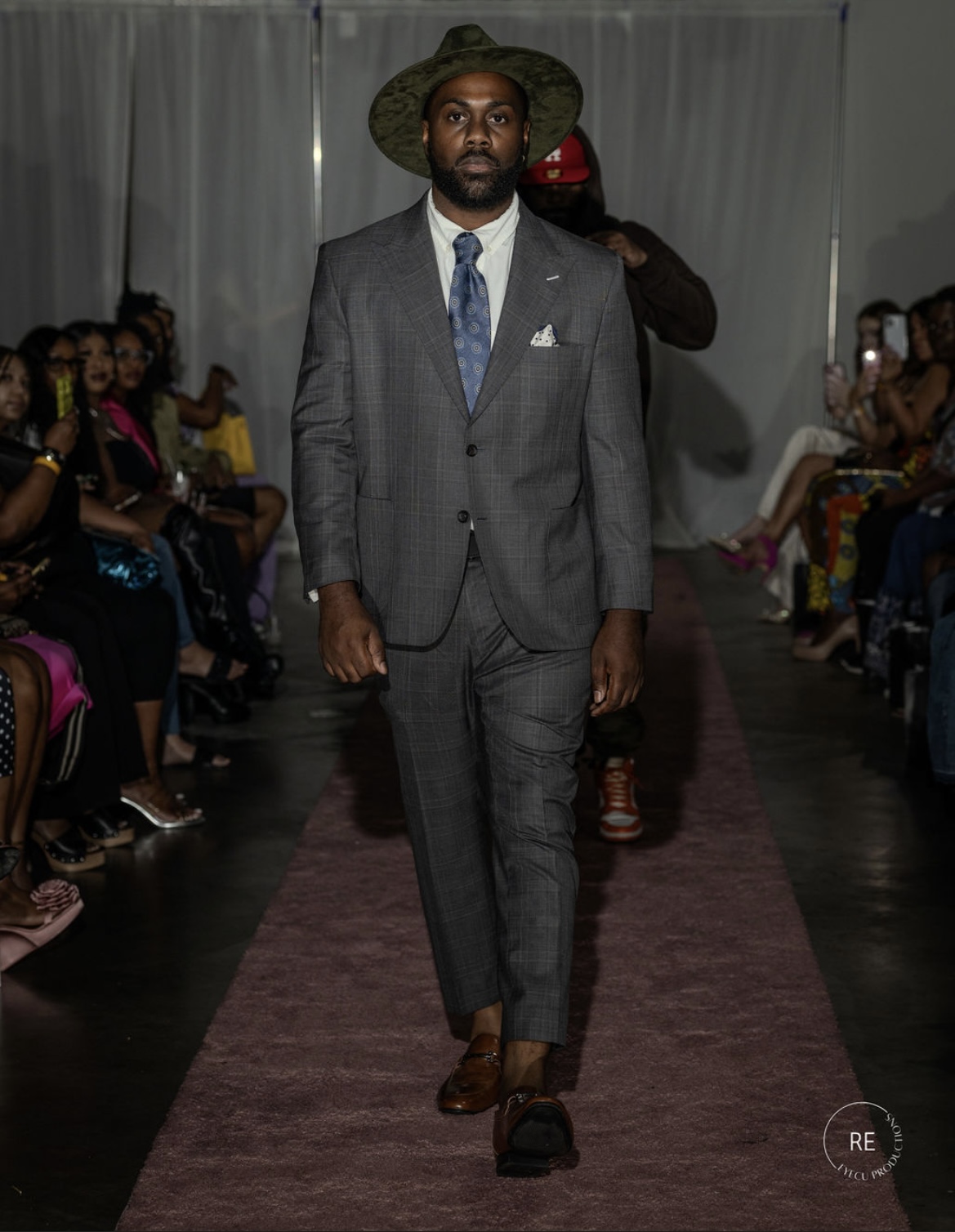
Becoming a model wasn’t easy because wasn’t everybody type, I had to take steps to be successful like workouts, eating right and practicing. Read more>>
Ernie Shown

I first learned about the balloon business from my wife — she was already a successful balloon twister when I met her. After we got married, she gave me a very basic understanding of how to become a balloon twister, and off we went.
I learned the balloon craft from numerous places. First, meeting with more experienced people really helped with the basics – tying, twisting and some rudimentary balloon creations. Next, I was able to watch some super talented balloon artists on VHS and DVD (really old school!) …… this helped me learn more quickly, since I was able to pause, back up, or replay segments I may have had trouble with. Read more>>
Jordan Rainer
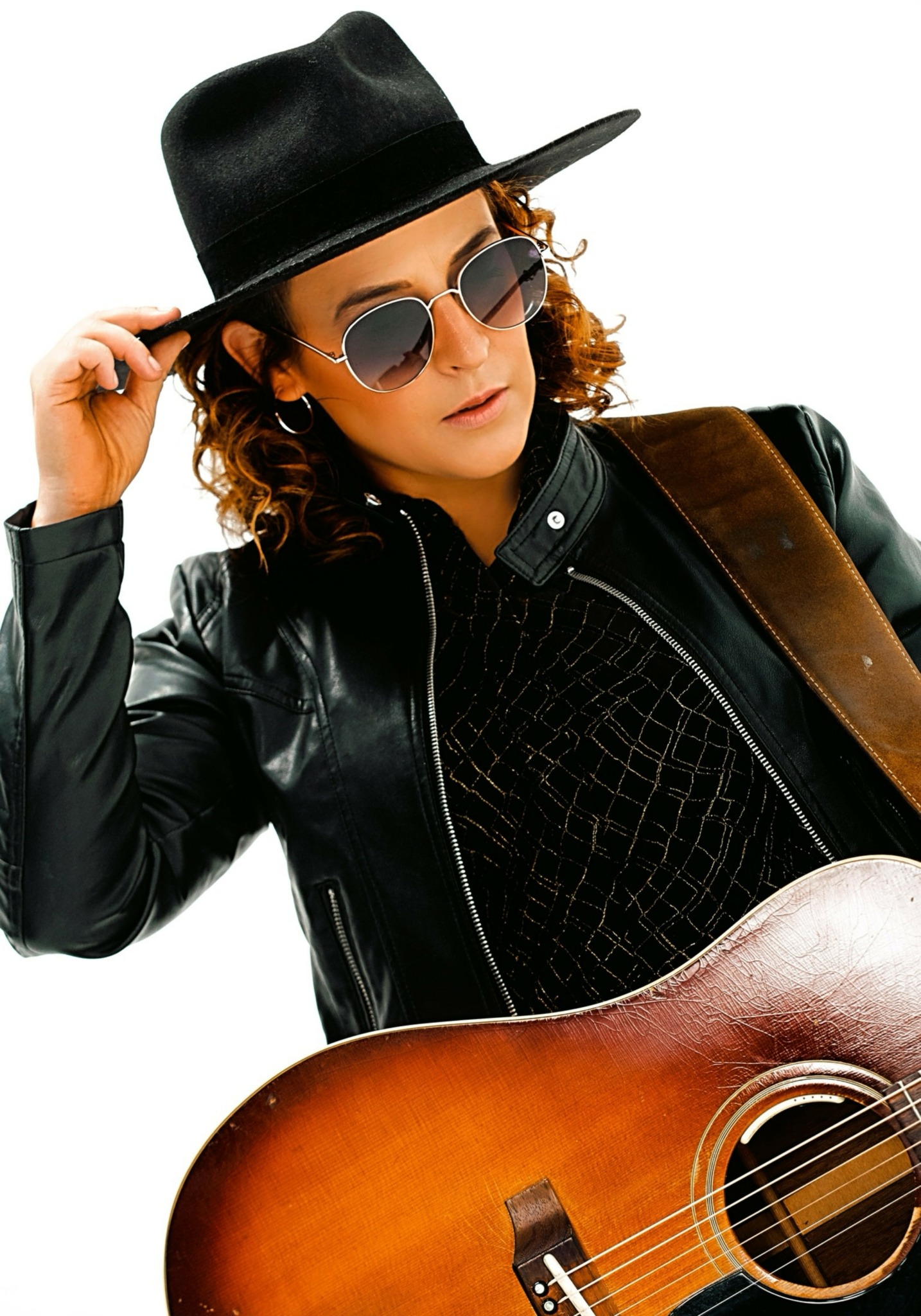
I’m a self-taught musician who plays by ear. Sometimes I think formal music training — especially guitar lessons early on — could’ve helped me progress faster and become a more polished player. I often regret not having that formal training at times, but on the flip side, because I wasn’t taught “the right way” to do it, I ended up developing a sound that’s completely my own — one that you can’t teach. Read more>>
J. Paloma Glass
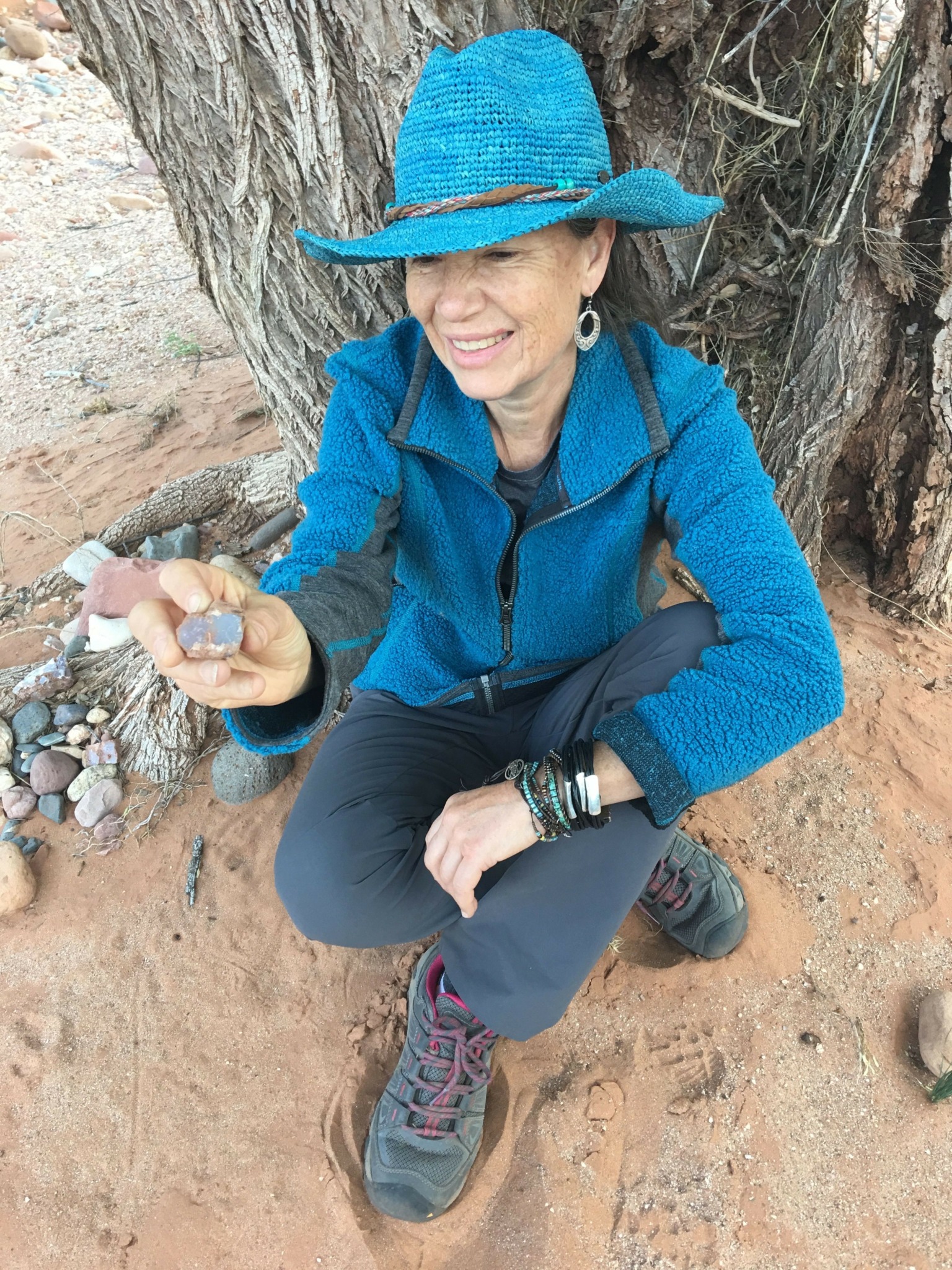
My college degree was in art and interior design, but I decided to specialize in one area of design, which was the faux finishing niche, by working with a company for a few years to learn the trade. I have continued to learn and take classes to expand my knowledge so that I could offer more options and specialities to clients. In retrospect I wish I would have taken a few more business classes or maybe even minored in that because that would have been really helpful in starting my new business instead of floundering around for a few years. Part of the problem with taking classes is the cost and travel expenses and also you are not working, and in the beginning that can be an obstacle. Read more>>



